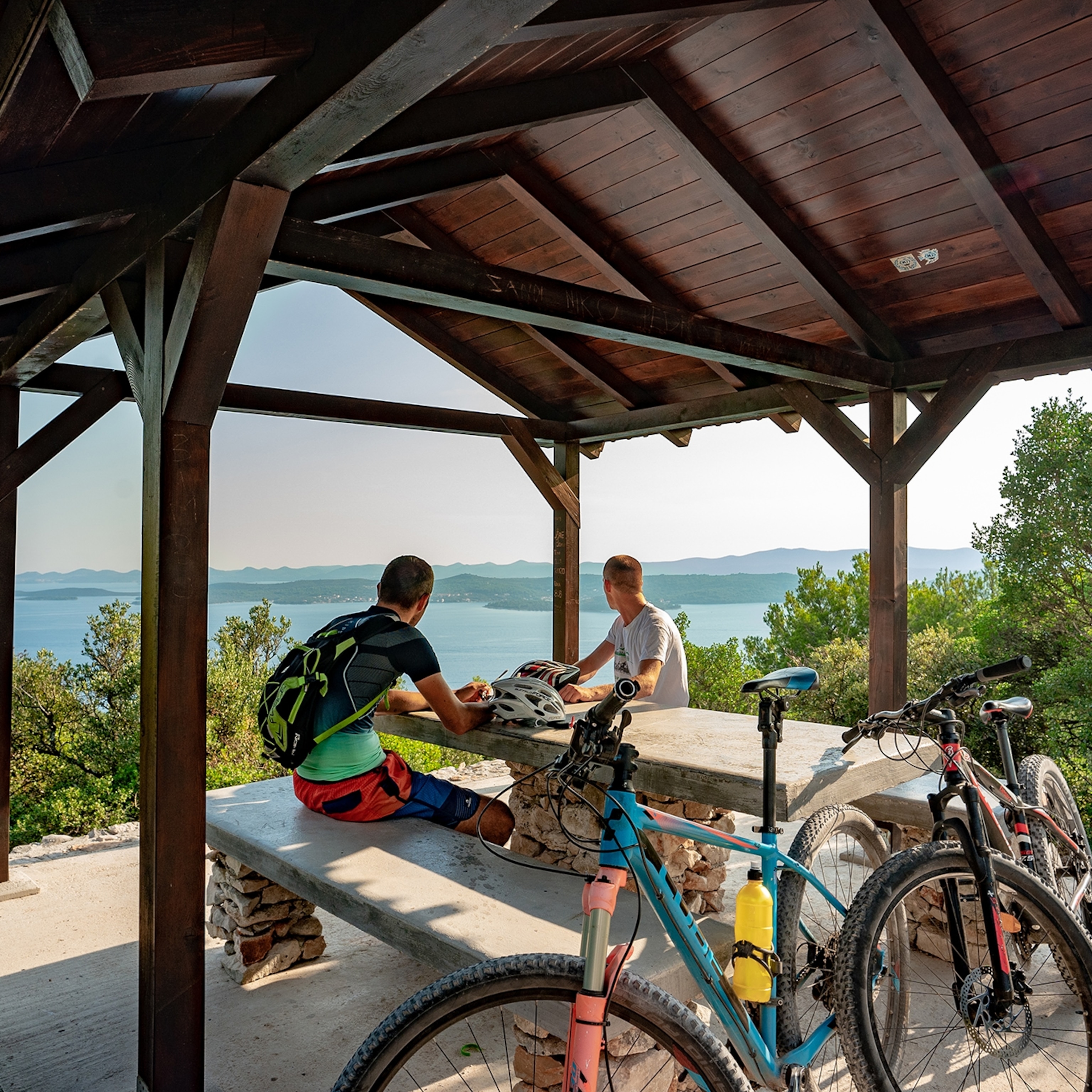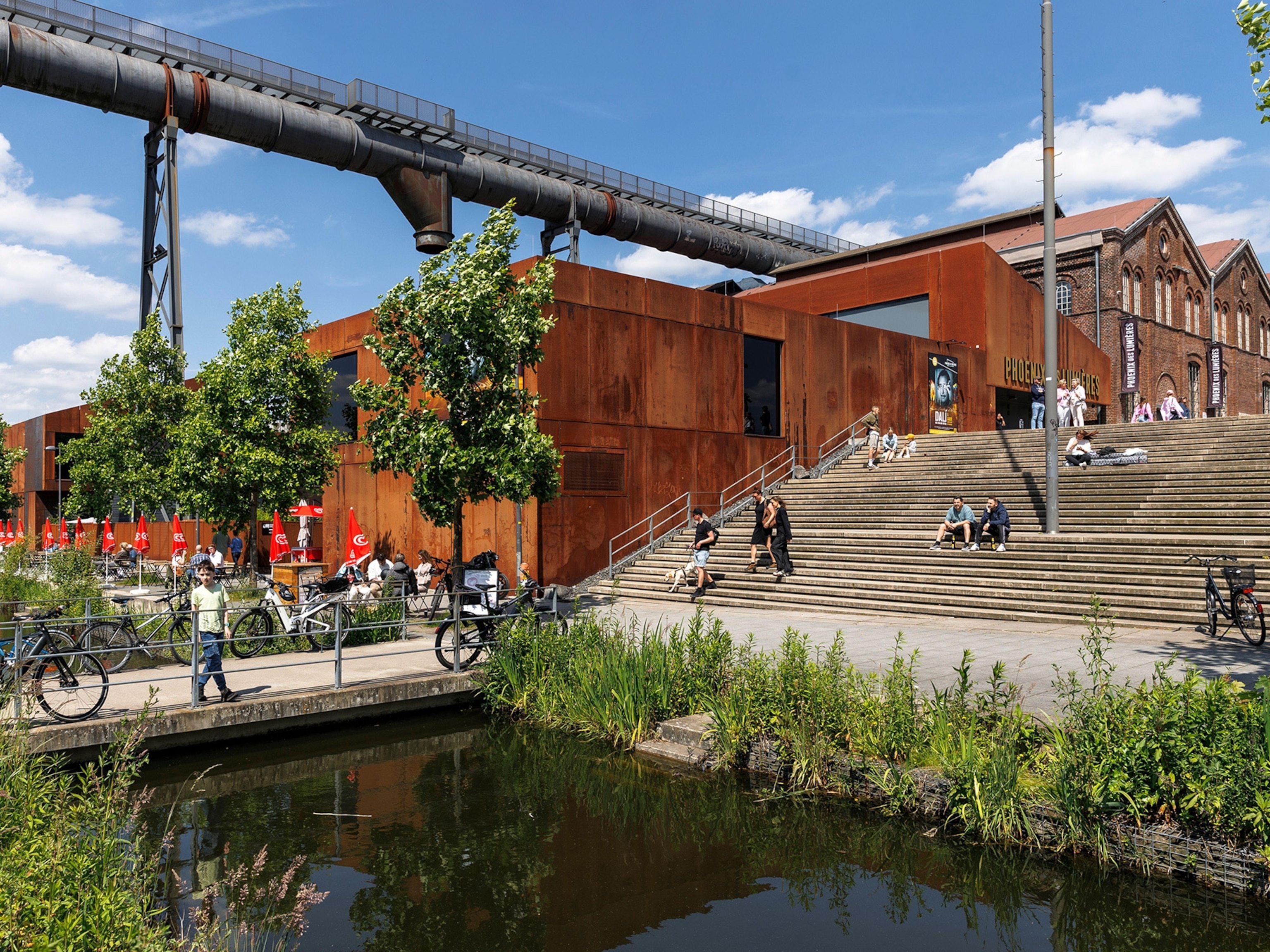
Why travellers should visit Zadar, Croatia in 2022
Located on Croatia’s Dalmatian coast, Zadar is a quirky seaside city with a fascinating historic centre, enviable restaurant scene and sprawling national parks within easy each. Here are nine reasons to add it to your 2022 travel wish list.
Zadar has long captured the imagination of those who step foot in it. It was the Romans who conquered it first, followed by the Venetians, and the influence of both empires dominate the city's architectural makeup; think a Venetian campanile, the fortified Arsenal and a jigsaw assortment of colonnades, columns and sarcophagi, which now rise up like visions from the past. The Romans turned it from backwater into the beautiful harbour town that it is today — not that it always shows its age. This is the much-hyped Adriatic coast, and what awaits visitors is a host of terrific beaches and stunning islands to escape to, national parks to explore and delicious seafood restaurants to cap off the perfect day with.
1. History and heritage
The 3000-year-old city is like a living museum of the Europe of millennia ago. The Old Town is where many of its most arresting landmarks can be found. From the ruins of the Roman Forum, conceived by the first Emperor Augustus, to the striking dome of the 9th century Church of St Donatus, you can soak up centuries in seconds just by strolling around. Marvel at the monuments — including the Cathedral of St Anastasia, with its Venetian-era bell tower — while enjoying an ice cream from a street-side cafe.
2. Sea views and sunset strolls
Zadar's seafront has been an inspiration for filmmakers, and it’s not hard to see why. As boats drop anchor around sunset, a promenade stroll feels like being let into a wonderful secret, especially when discovering Croatian architect Nikola Bašić’s two multi-sensory art installations. Both are embedded into the harbourfront; the Sea Organ giving a voice to the lolling waves below the seafront’s cascading steps, and the disco dancefloor-like Sun Salutation producing a dreamy night show that mimics twinkling starlight.

3. A rich tapestry of culture
With so many nooks to discover, Zadar knows how to impress even a well-travelled crowd. The renaissance-era Land Gate, one of the Old Town’s many triumphal archways, is part of the city's old defence system and a Unesco World Heritage Site. People’s Square is another showstopper that tells the story of Zadar in marble and stone. There are other highlights aplenty, including the unmissable Museum of Ancient Glass, where artisans deliver glass sculpture workshops inside a former 19th-century palace, and the Benedictine Convent of Saint Mary, which hides a remarkable gold and silver exhibition.
4. Island-hopping and beach exploring
To come to Croatia and not explore one of its many hundred islands would be serious folly. Throughout the year, yachts and boat taxis cruise in and out of Zadar, tempting visitors with an array of day-trip options. One particular castaway destination is the limestone cliffs of Telašćica Nature Park, ideal for beachcombing and spotting marine life. If this doesn’t appeal, you could spend an entire trip sailing the neon-blue waters from sun-baked islands Silba and Premuda, to next-big-thing Dugi Otok.
5. The rock star national park
Half an hour north of Zadar, Paklenica National Park is more than a rock-climber’s Shangri-La. While the limestone corridors and karst cliffs hide around 95 miles of hiking trails and harder scrambles for those with a head for heights, it’s also the realm of some of the deepest, widest canyon lands in Europe. Join a photo safari here for an off-road odyssey from Starigrad to snow-dusted summits and mini Grand Canyon gorges. At midday, as tradition dictates, lunch is served at mountaintop farms in the company of shepherds and their shaggy goats.

6. Memorable food
You’d be forgiven for never having heard of the bora (a northern to north-eastern wind that blows along Adriatic Coast), but you’ll leave Zadar with a whole new appreciation of the weather. A north to north-easterly wind, it’s part-responsible for the delicious taste of pršut, a wafer-thin cut of Croatian prosciutto blow-dried to perfection by this Adriatic gale. Then there’s the elemental produce from the nearby island of Pag, where salty cheese and herby lamb are the results of the same fierce wind blasting seawater onto pastureland. To sample the natural larder and for a taste of its slow food scene, head to one of the city's plethora of restaurants and cafes.
7. Reasons to cheer
Remember this word: živjeli. The word for ‘cheers’ in Croatian, it’ll ring in your ears during a visit, especially if you take a crash course in the region’s various world-class wine appellations and spirits. Among those to savour are Pošip, a Chardonnay-like white; Plavac Mali, a plummy red; and maraschino, the cherry-flavoured liqueur first distilled in Zadar in 1821. Teetotallers are equally well catered to, as drinking espresso and embracing fjaka (the Zen-like state of aspiring to do nothing) is practically a human right on the Dalmatian coast, and coffee shops are everywhere. For a liquid souvenir, take home a bottle of world-class organic olive oil from a historic mill. Going against the grain, some farmers adopt the centuries-old habit of ageing their olives right in the Adriatic.

8. The salt of the Earth
Wine, brandy and olives are prime examples of Zadar’s agriculture and viticulture, but they’re far from the only ones. At the Nin Saltworks, north of Zadar’s Old Town, biodynamic salt has been produced since Roman times, and the pre-industrial method hasn’t changed since. The unrefined, hand-harvested sea salt is produced with help from the burning sun, and visitors can get a quick science lesson in its production at the Salt Museum. Visit in late spring, summer or early autumn to catch the main harvest times.
9. Activities aplenty
Encircled by islands, coves, beaches and bays, Zadar offers visitors a plethora of heart-pumping, guilt-free activities. Sea kayaking operators can help guide you between Molat, Ist and the Zverinac islands, or you can paddle to beguiling Brgulje Bay and the island of Tovarjak’s pebblestone beach on a standup paddleboard. Elsewhere, the interior’s national parks are crisscrossed with scenic hiking trails, and the coast is biking heaven, delivering a soundtrack of lapping waves and hint of Adriatic magic.
For more information, visit zadar.hr
Find National Geographic Traveller (UK) on social media
Facebook | Instagram | Twitter






